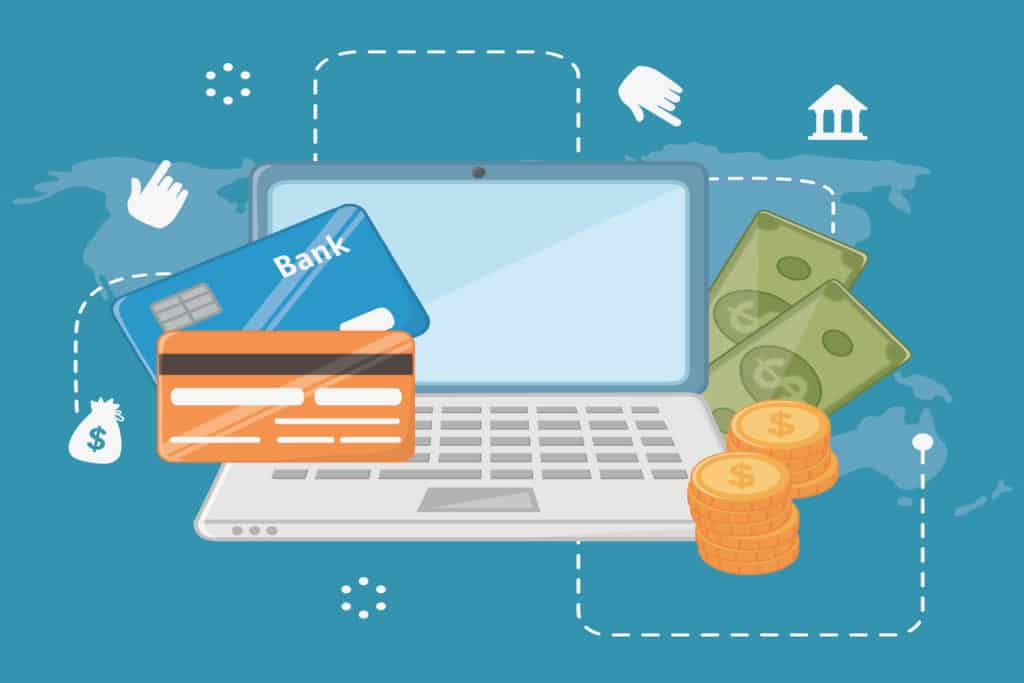How a Credit Card Processing System works:
Credit card transaction process might seem very simple wherein a customer swipes the card and a transaction or withdrawal (process) is done. But behind every single process, there are more complex procedures.
Earlier, credit cards were processed manually by taking a print of the customer’s credit card information and transmitted through phone or internet. This was a very time-consuming process and was not considered reliable.
However, in a fully automated credit card processing system, the transaction happens in three easy steps:
1. In authorization stage, the merchant will receive an approval for payment from the issuing bank.
After swiping their credit card, the customer’s credit card details are sent to the merchant’s bank.
The bank will then forward the details to the credit card network. Later, this credit card network clears the payments in queue and requests for payment authorization from the issuing bank. In the authorization request few KYC details are obtained which includes Credit card number, Card expiration date, Billing address and Card security code (CVV).
2. The second stage is the authentication stage, where the issuing bank will check the expiry of the customer’s credit card using certain protection tools. Then the bank receives a payment authorization request from the credit card network. They either approve or decline the transaction and remit a reply to the merchant.
Once the merchant accepts the authorization, bank defines a limit to the amount of purchase on the cardholder’s account.
3. Third stage in the processing is clearing and settlement. Generally, within 24 to 48 hours of the transaction bank will allocate the funds. The cardholder will receive a statement after every purchase on monthly basis and is expected to pay the due amount.
Today, a majority of the population have access to smartphones and internet which has led to a steady increase in online transactions – especially through various popular payment apps or e-wallets.
Electronic payments are highly prone to fraudulent risks as users do not cross check or take required precautions for safe transactions. To overcome this issue there’s a technique called Tokenization, where merchants will make use of secure tokens to process charges, perform refunds and void transactions. In this process, the payment card details are not stored making it more compliant.
Another method of protecting your online transaction is Point to Point Encryption, which encrypts cardholder data payment information and is not accessible within the merchant’s system itself even when there is a data breach.
Below shows the credit card usage growth in the past 5 years.

Now that you know how a credit card processing system works, you can go ahead and start thinking about engaging a processor. Authorization takes only a matter of seconds. Settlement and funding that used to take days to be processed are now almost handled overnight, helping you get your money quickly. So you can get paid, pay others, and grow your business.

